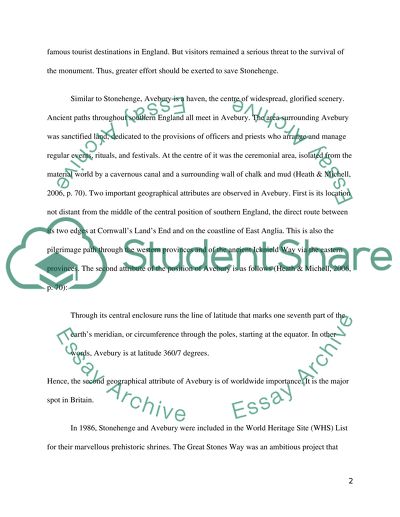Cite this document
(“Protecting and Managing the Stonchenge: Challenges and Prospects Essay”, n.d.)
Protecting and Managing the Stonchenge: Challenges and Prospects Essay. Retrieved from https://studentshare.org/anthropology/1403628-write-a-report-based-on-your-own-research-into-the
Protecting and Managing the Stonchenge: Challenges and Prospects Essay. Retrieved from https://studentshare.org/anthropology/1403628-write-a-report-based-on-your-own-research-into-the
(Protecting and Managing the Stonchenge: Challenges and Prospects Essay)
Protecting and Managing the Stonchenge: Challenges and Prospects Essay. https://studentshare.org/anthropology/1403628-write-a-report-based-on-your-own-research-into-the.
Protecting and Managing the Stonchenge: Challenges and Prospects Essay. https://studentshare.org/anthropology/1403628-write-a-report-based-on-your-own-research-into-the.
“Protecting and Managing the Stonchenge: Challenges and Prospects Essay”, n.d. https://studentshare.org/anthropology/1403628-write-a-report-based-on-your-own-research-into-the.


